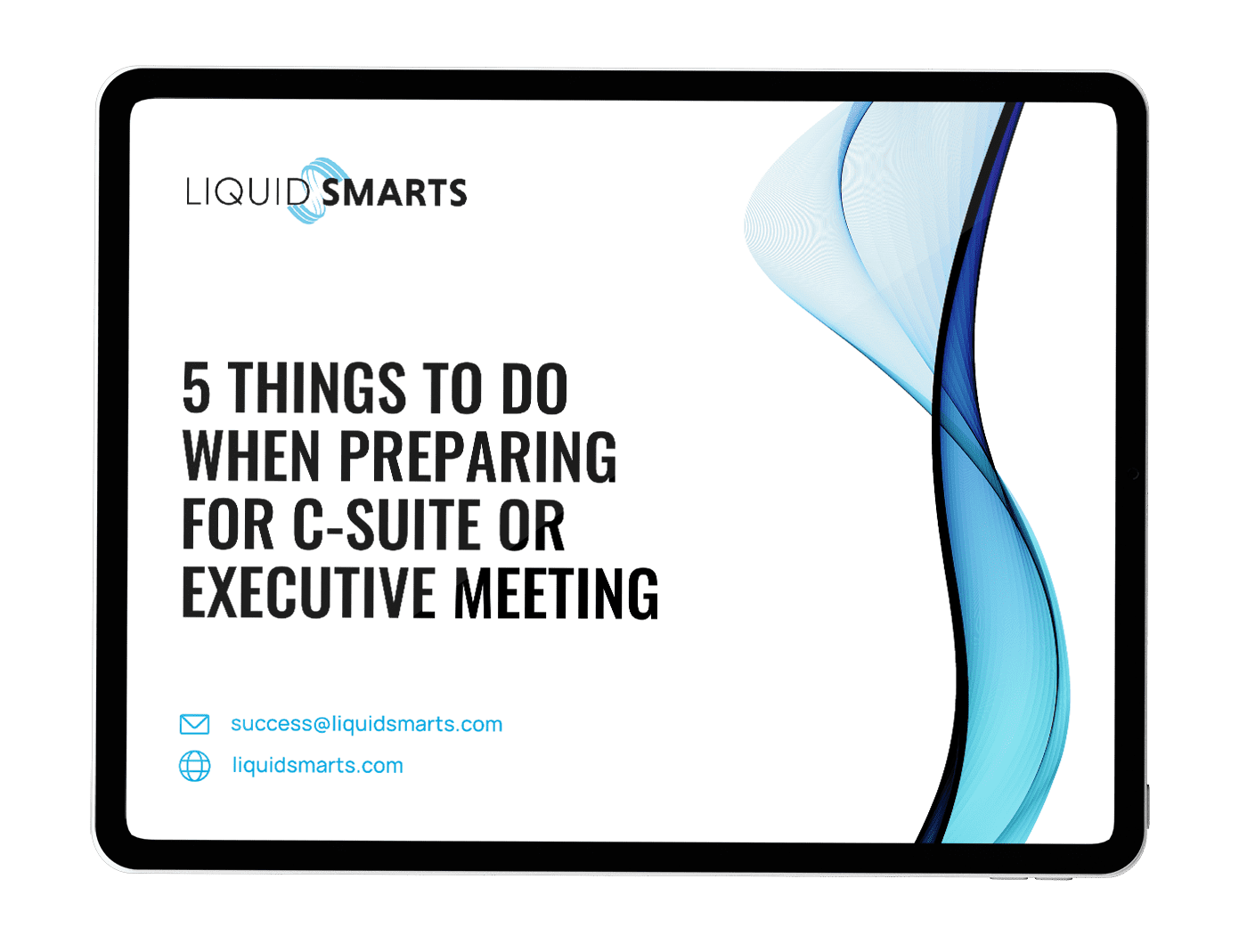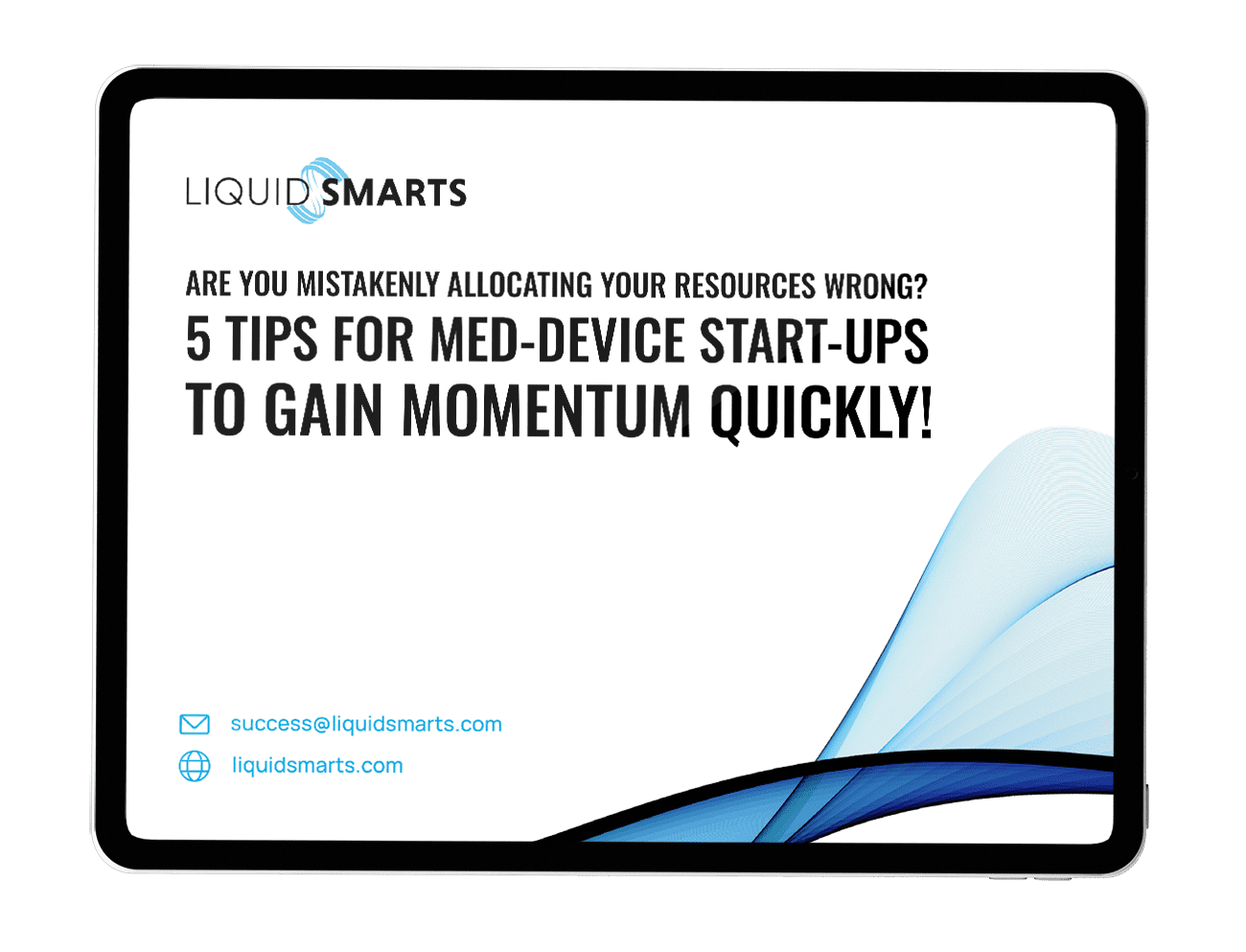As a sales team leader, you must position your reps for success. This means establishing realistic and achievable expectations that promote growth and optimum performance while ensuring that these expectations don’t lead to exhaustion or dampen team spirit.
Your objectives must be communicated, leaving no room for misinterpretation. Explicitly setting expectations is a crucial step toward boosting sales income and producing a favorable return on investment.
Key Components of Setting Sales Expectations
When establishing sales expectations, there are four major components to consider that are crucial to achieving overall success.
1. Goal-Setting
Goal-setting is about defining what you want your sales team to achieve at both individual and team levels. There are two strategies you can use to determine goals:
- Top-down approach: First, establish the overarching revenue or deal targets that your entire team should strive to reach as dictated by your company’s broader goals and objectives, and not necessarily the individual capabilities of your salespeople. Then, assign individual quotas that add up to this goal.
- Bottom-up: Assess each sales representative individually to set achievable personal targets. Review historical sales data for insights into their capabilities, incorporate an expected growth factor, and establish specific objectives. These should motivate each team member to excel while remaining mindful to avoid potential burnout.
Either way, it should be a clear depiction of your ultimate objectives.
2. Key Performance Indicators
Key performance indicators (KPIs) are specific metrics that measure performance at every stage of the process. KPIs allow you to monitor progress toward your goals while offering insights into areas requiring improvement. The choice of KPIs depends on your unique business nature, goals, and sales process.
3. Communicating Expectations
After setting your goals and KPIs, it’s essential to convey these expectations to your team clearly. Managers need to engage sales reps in discussions about their quotas, the rationale behind those figures, and the benefits of meeting them while addressing any concerns they may have.
4. Following Up
Regular follow-ups gauge each rep’s performance and ensure they are on course. During follow-ups, managers should discuss their team’s progress toward their goals and ensure they are well-equipped to meet them.
Best Practices for Setting Sales Expectations
One of the keys to motivating your sales team, increasing their morale, and enhancing their productivity lies in establishing effective expectations.
Communicate Clearly and Often
Ensure your team and individual members are always in the know. Consistent communication is key, from the onboarding process through changing sales compensation plans to daily meetings. No detail should be left to guesswork.
Acknowledge the Differences Between Team Members
Performance can hinge on several aspects—such as territory potential—and individual traits—such as experience or established industry connections. When setting quotas, consider these differences as uniform quotas may lead to burnt-out or under-challenged representatives.
Simplify Expectations
The simpler your expectations, the easier it is for your team to grasp them and stay focused on their targets. Your team should easily recall these expectations and know exactly where they stand in meeting them.
Focus on Results But Consider Activities
External factors may prevent your team from achieving their expected outcomes. In such cases, it would be unfair to penalize your team, especially if this poor performance is an exception to their usual high performance.
By evaluating the varied sales activities, from cold calls to proposals sent, you can assess your team’s effort level, even if they fall short of the expected results. Examine historical data to set achievable expectations and current data to measure your team’s progress.
Evolving Expectations
Your expectations should adapt over time based on your team’s performance and pipeline status. Be vigilant for processes needing tweaks and improvements and potential bottlenecks.
Fortifying Your Sales Team With LiquidSMARTS
Leading a sales team to the pinnacles of achievement involves a delicate balance of challenge and support. To truly position your reps for success, sensible and achievable expectations are pivotal. These benchmarks are not just figures pulled from thin air but represent carefully crafted goals to spur growth and drive performance—without leading to exhaustion or undercutting morale.
When it comes to meeting and exceeding sales expectations, LiquidSMARTS is an invaluable partner. Every sales professional holds untapped potential that, once released, can lead to impressive sales and service performance feats.
To maximize sales efficiency without sacrificing the spirit that drives your sales force, contact us today.







